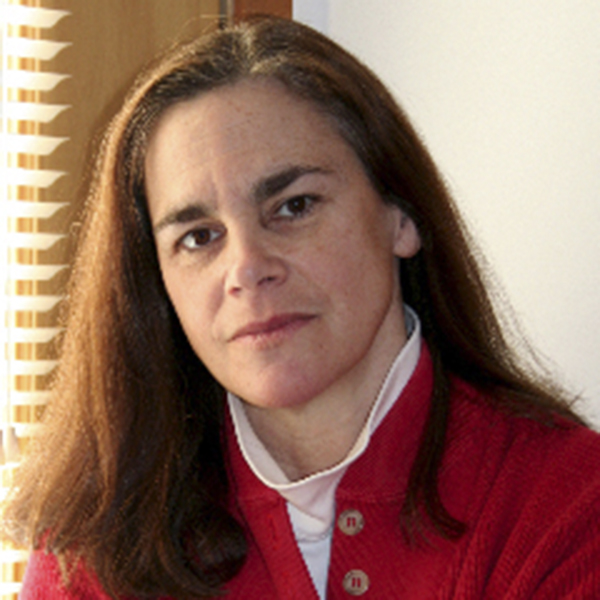

The task of refreshing and adding on to a historic house, even if it isn’t landmarked, can be a formidable undertaking for any architect. It requires a scope of knowledge and curiosity not required for new construction.
This was the topic of conversation at a community event at Bridge House on South Ferry Road on Saturday, hosted by the CeeJack Team of Compass real estate. Tori Mellott, the style editor at Frederic, and architect Amelia Steelman discussed the history of the house, its development over two centuries and how it could be renovated and expanded in the future.
The home, which is for sale, sits adjacent to the bridge from North Haven to Sag Harbor. The property has remarkable views of both the harbor and village and is just shy of three acres with over 525 feet of water frontage facing both east and south. There are many development options for the property and, given the zoning requirements, they could include allowable square footage for an entirely new house up to 8,000 square feet or an addition of 5,000. Other amenities such as a tennis court, a swimming pool and a reflecting pool could also be incorporated into the site.
The house itself is composed of the original residence, a dining room addition, an extension and two later additions, one of which came from an old school while the other was a custodian’s house attached to a local church. Compass’s Cee Scott Brown opened the discussion with a brief description of the home’s history and called the house “additive” — an apt characterization given the episodic positioning of the additions, which nonetheless play nicely with one another.
He also talked about the unusual details in the house such as the original mantel in the schoolhouse addition as well as the delicate iron fence of blubber spades in front of the house, designed and installed by its late owner, Jeanette Sarkisian Wagner, a businesswoman who climbed the corporate ladder at Estee Lauder, eventually becoming the first vice chairwoman of the company. She later became involved with nonprofit organizations by mentoring and giving financial support and advice. When the property is sold the proceeds from the sale will be distributed to the nonprofits that she and her husband mentored.
To show the potential for a renovation/addition to the house, Compass commissioned the architectural firm Salvador & Steelman to do design studies for a redeveloped site plan with a significant addition to the house. According to Amelia Steelman, the first thing she and Salvador Pearson do with a renovation project is research to find out as much as possible about its historical context. Then a site inspection is performed to understand the house. Lastly, she must listen to the house. This is very true because houses have a way of revealing themselves whether they have a discernible aura or a visual and spatial presence that changes with the time of day or even the seasons. With Bridge House it was clear that the integrity of the house needed to be kept intact. The question was to build anew versus all new. Their choice was clear — they would add something unique to this house with a backstory.
The architects proposed two choices for an addition, both of which would sit perpendicular against the rear of the house on the waterside. One is a transitional addition blending the new with the old, quite modern with an open plan living/dining/kitchen space, yet still employing traditional massing, forms, and windows. The other addition is much larger with a huge kitchen/dining wing and a separate link to a slightly angled grand living pavilion with glazing spanning two stories on the east and south walls. With both proposed additions neither would be visible from the street.
The interior of the existing house would also be reconfigured. The existing 1850 great room has a low ceiling very typical for a house of this period. There are bedrooms upstairs accessed through a narrow stairwell with stenciled, folk-art stair risers showing a primitive house and leaves. Salvador proposed removing the upstairs bedrooms and creating a two-story space with a loft connecting to bedrooms in the new addition. He wanted the stairwell with its stenciled risers to open to the existing living space below, in turn merging what’s vintage to new.
Mellott told the audience, from her point of view as an editor, she loves a house that tells a story. Although a home must function for modern living, she noted the importance of maintaining as much character as possible. One pitfall to avoid is “modernizing for the sake of modernism” instead of responding to what’s already there and using that as a starting point. People now entertain and work from home, and new houses reflect these lifestyle changes. She stated, “Interior design reflects what’s going on outside and the landscape informs it. It’s a support for the outside.” She observed that in the last 20 years there have been no rules when it comes to interior design so “you should surround yourselves with the things you love.” For her the perfect beach house uses space for respite where one can enjoy oneself in a great space.
Much thought has been given to the future of this unusual house and property. Clearly, all involved want to be stewards of history and spirit.
Anne Surchin is an East End architect and writer, vice chair of the Southold Historic Preservation Commission and co-author with Gary Lawrance of “Houses of the Hamptons 1880-1930.”
 More Posts from Anne Surchin
More Posts from Anne Surchin